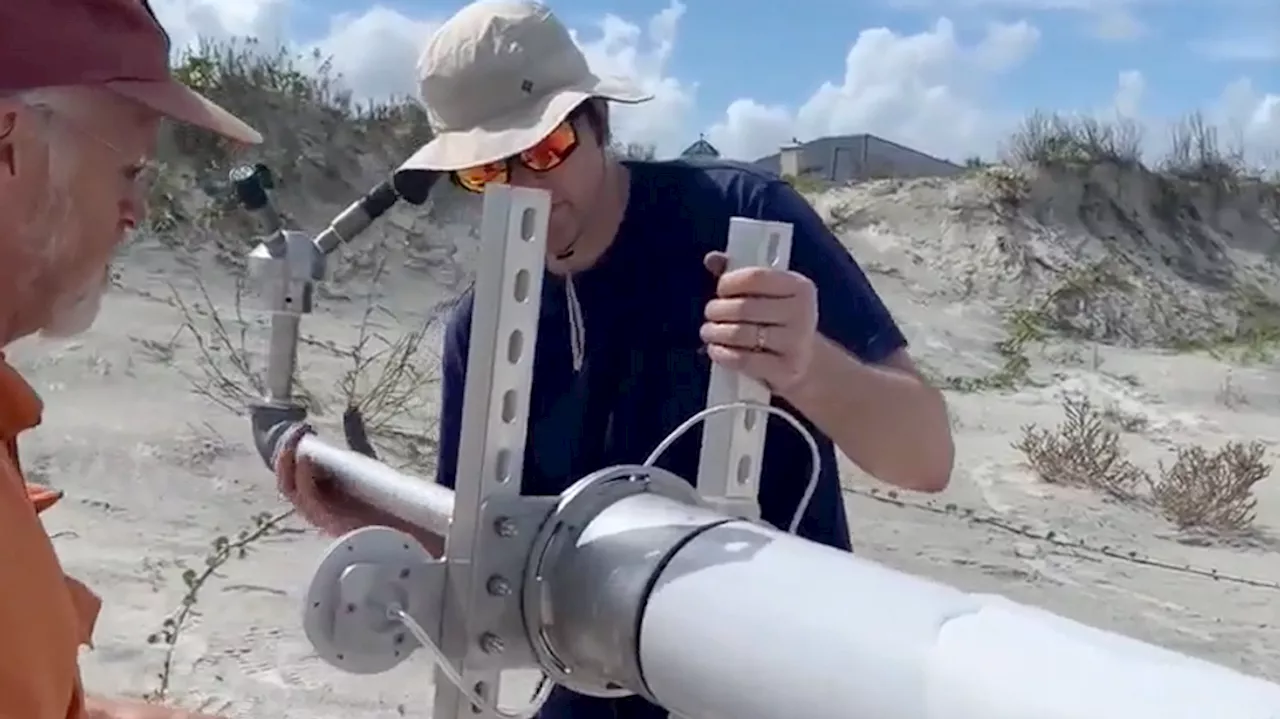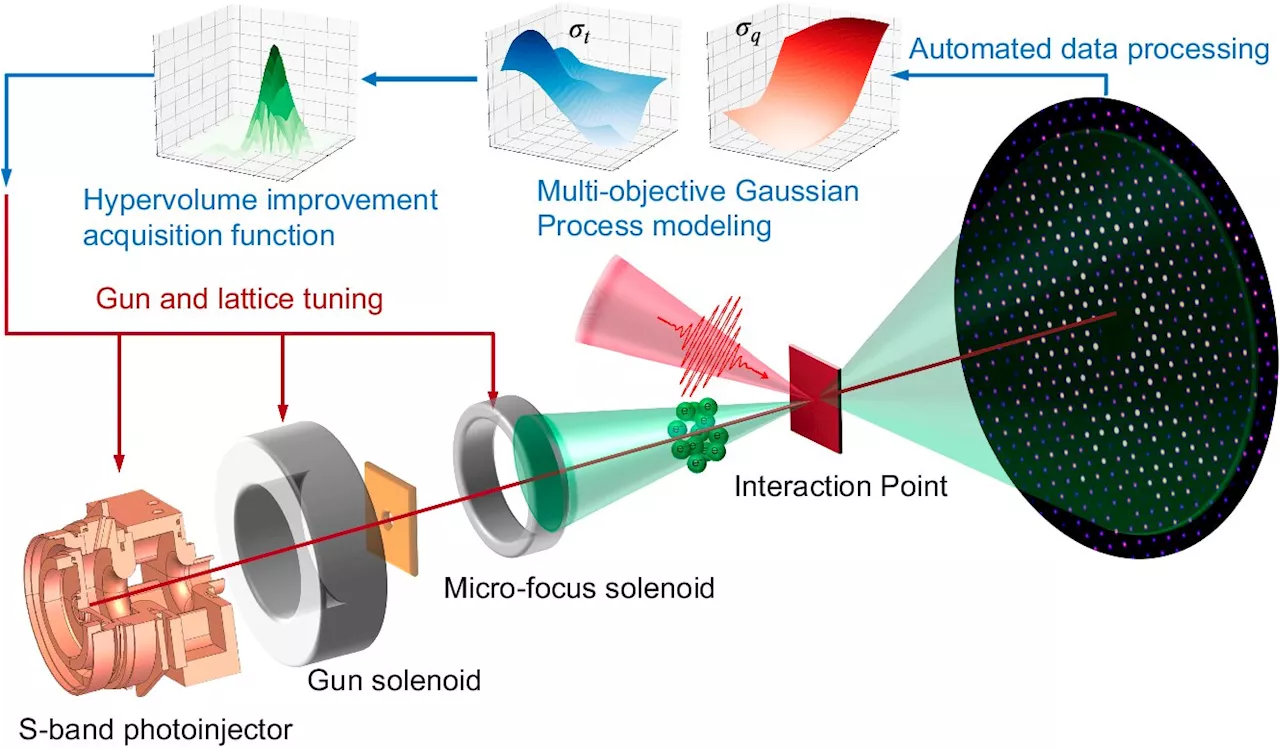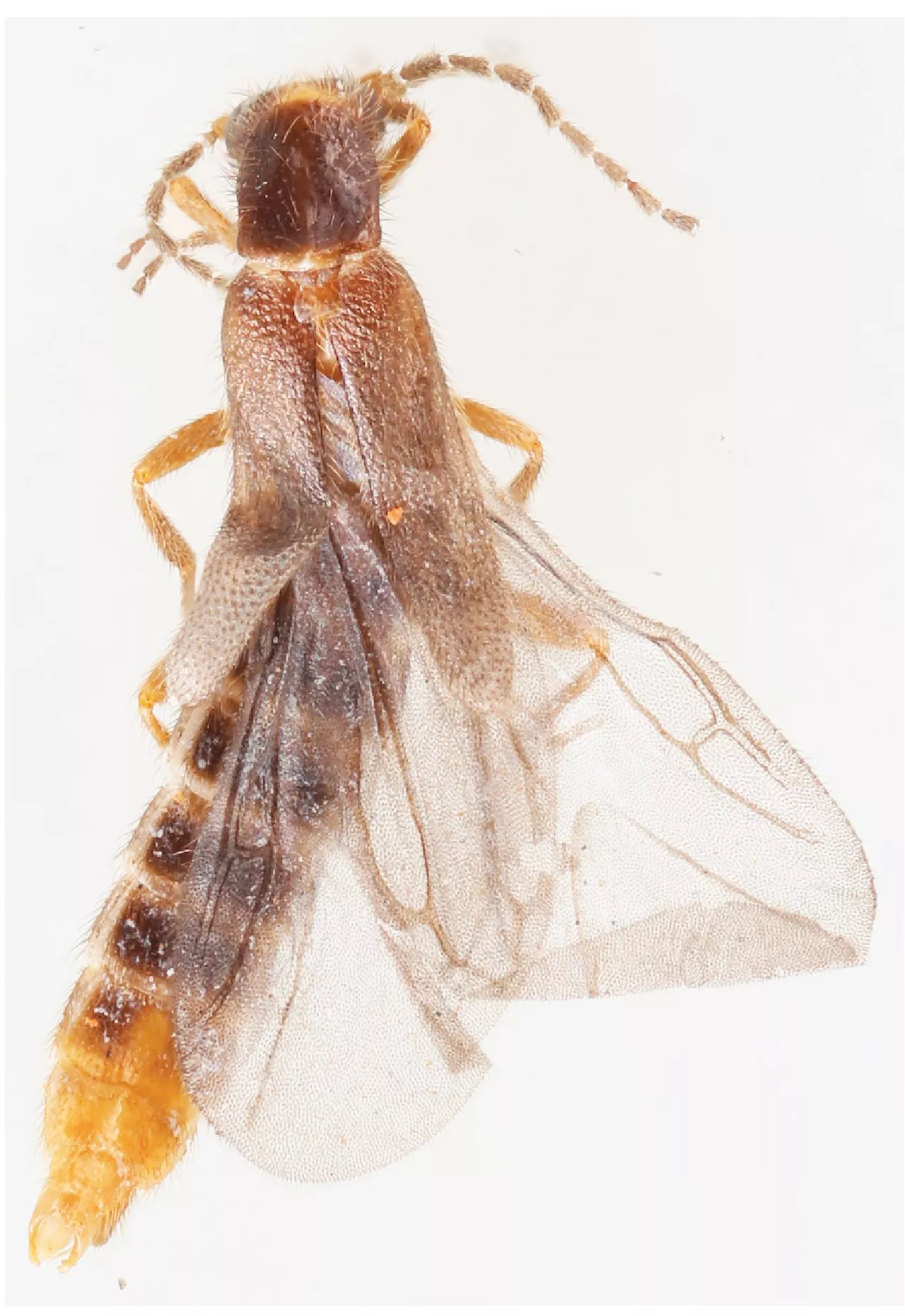Researchers demonstrated a novel technique to efficiently convert ambient low-power radiofrequency signals into DC power. This 'rectifier' technology can be easily integrated into energy harvesting modules to power electronic devices and sensors, enabling battery-free operation.
New battery-free technology to power electronic devices using ambient radiofrequency signals." ScienceDaily. ScienceDaily, 25 July 2024. <www.sciencedaily.com
Thermoelectric generators, TEGs for short, convert ambient heat into electrical power. They enable maintenance-free, environmentally friendly, and autonomous power supply of the continuously growing ...
Batteries Solar Energy Energy Technology Electricity Technology Petroleum Wind Energy
United States Latest News, United States Headlines
Similar News:You can also read news stories similar to this one that we have collected from other news sources.
 USA researchers are using a new monitoring system to collect hurricane dataA team of researchers at the University of South Alabama are taking part in a project to collect real time hurricane data.The project involves creating a networ
USA researchers are using a new monitoring system to collect hurricane dataA team of researchers at the University of South Alabama are taking part in a project to collect real time hurricane data.The project involves creating a networ
Read more »
 Researchers pioneer new methods in ultrafast science for sharper molecular moviesImagine being able to watch the inner workings of a chemical reaction or a material as it changes and reacts to its environment—that's the sort of thing researchers can do with a high-speed 'electron camera' called the Megaelectronvolt Ultrafast Electron Diffraction (MeV-UED) instrument at the Linac Coherent Light Source (LCLS) at the U.S.
Researchers pioneer new methods in ultrafast science for sharper molecular moviesImagine being able to watch the inner workings of a chemical reaction or a material as it changes and reacts to its environment—that's the sort of thing researchers can do with a high-speed 'electron camera' called the Megaelectronvolt Ultrafast Electron Diffraction (MeV-UED) instrument at the Linac Coherent Light Source (LCLS) at the U.S.
Read more »
 Johns Hopkins Researchers Identify New Biological Target for Stopping Parkinson’s Disease ProgressionScience, Space and Technology News 2024
Johns Hopkins Researchers Identify New Biological Target for Stopping Parkinson’s Disease ProgressionScience, Space and Technology News 2024
Read more »
 Researchers found a new vampire squid, but it’s more adorable than dangerousResearchers have just discovered a second vampire squid species that lives in the 'twilight zone' of the South China Sea.
Researchers found a new vampire squid, but it’s more adorable than dangerousResearchers have just discovered a second vampire squid species that lives in the 'twilight zone' of the South China Sea.
Read more »
 Researchers predict new phase in neutron stars that favors 'nuclear pasta'Neutron stars are extreme and mysterious objects that astrophysicists cannot see inside. With a radius of around 12 kilometers, they can have more than twice the mass of the sun. The matter in them is packed up to five times as densely as in an atomic nucleus; with black holes, they are the densest objects in the universe.
Researchers predict new phase in neutron stars that favors 'nuclear pasta'Neutron stars are extreme and mysterious objects that astrophysicists cannot see inside. With a radius of around 12 kilometers, they can have more than twice the mass of the sun. The matter in them is packed up to five times as densely as in an atomic nucleus; with black holes, they are the densest objects in the universe.
Read more »
 Researchers discover mysterious new beetle species in GuatemalaTogether with a Brazilian–German team, Senckenberg researcher Vinicius S. Ferreira has described a new species from the glowworm beetle genus Adendrocera. This group of insects is rare and only documented by very few specimens in scientific collections.
Researchers discover mysterious new beetle species in GuatemalaTogether with a Brazilian–German team, Senckenberg researcher Vinicius S. Ferreira has described a new species from the glowworm beetle genus Adendrocera. This group of insects is rare and only documented by very few specimens in scientific collections.
Read more »
